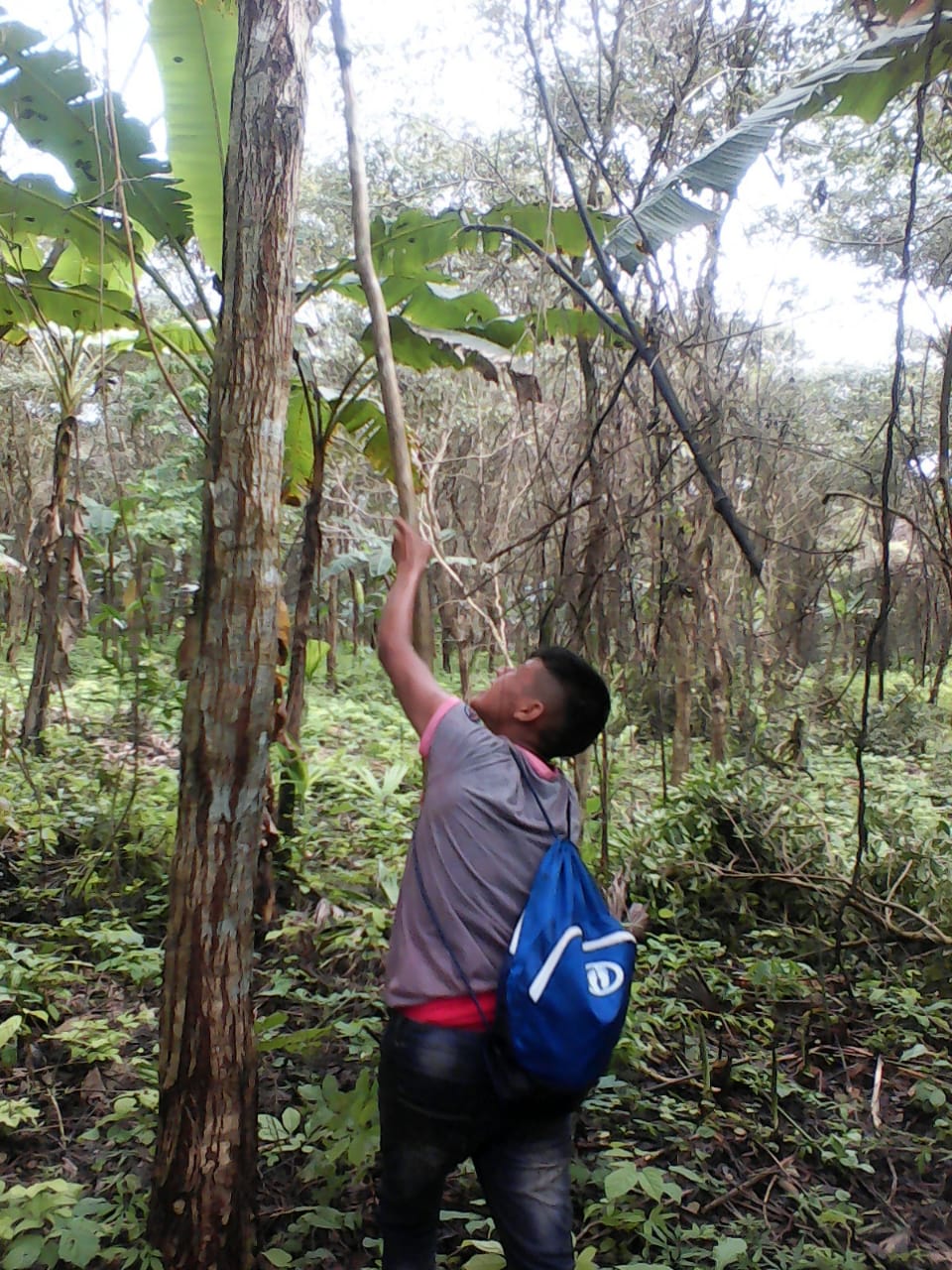Update on Kiva Loans
/Partner David standing in front of some of his existing plantain trees
Late in July we closed a plantain loan on Kiva, a microlending platform that supports entrepreneurs and projects in the developing world. The $6,000 loan will cover the costs of a plantain project with our partner David, including seed stock, fertilizer, fencing materials, and technical assistance.
This latest one closes out our round of seven plantain loans, all with our smallholder and Indigenous partners in Panama. We are already starting to harvest plantains from project funded with our 2013 loans, and look forward to hopefully renewing an agreement with Kiva to continue doing these high-impact projects.
With our remaining credit line, we plan to fundraise on Kiva for longer term timber projects, that will deliver more revenue and opportunity for our Panamanian partners.
We took this set of videos to demonstrate the process of seeding the plantains in the nursery prior to planting.





